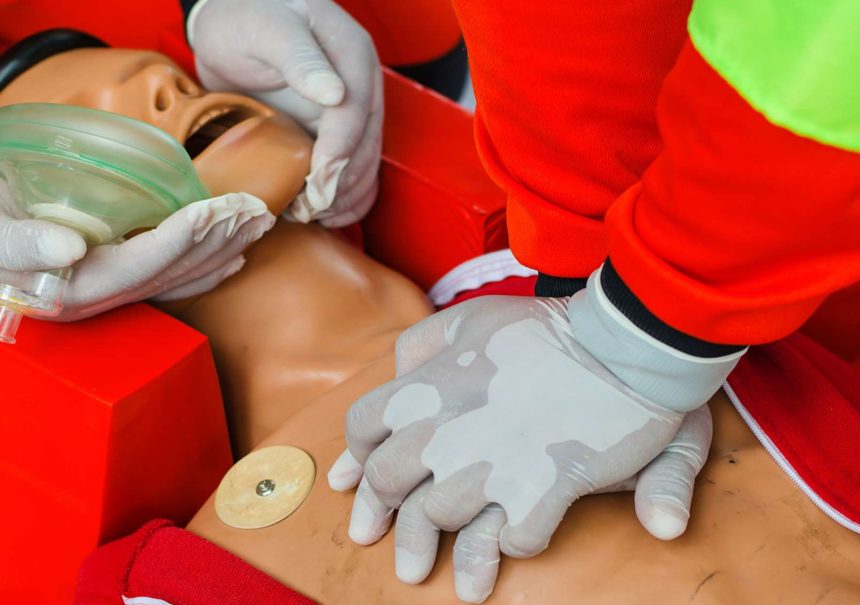Asthma can be a life-threatening condition that requires immediate treatment, but what do you do if the person in need of care doesn’t live near you? Whether you’re caring for your child or someone else, these few tips will help you give remote first aid to someone with an asthma attack.
Step 1: Call an Ambulance
The first step to treating a remote asthma attack is calling an Ambulance. It may sound harsh, but calling an ambulance and waiting around to see how it all turns out is not only a waste of your time but could also endanger other people.
To give remote first aid for asthma attacks, call paramedics immediately. They are trained specifically to deal with these situations and can administer medication much more quickly than you would be able. Every second counts when someone is having trouble breathing, and by calling first responders as soon as possible, you can help that person get immediate treatment.
Step 2: Ensure Safety
You can’t offer remote first aid without taking basic safety precautions. Remember that you can never know if a user is experiencing cardiac arrest or some other emergency health crisis, so treat any symptoms as urgent. Always call an ambulance in case of suspected severe medical conditions and remain available to assist EMS with any questions about the patient’s condition.
Step 3: Ask Questions to Better Understand What’s Happening
In your initial assessment, you’re not looking to solve a patient’s problem (though you will); instead, you are gathering information and identifying any issues that need immediate attention. In a remote emergency, it can be difficult to assess whether or not a person is in real trouble. However, there are certain questions you can ask over the phone that will help tell if your patient is in danger.
For example: Are they able to speak? Do they have any other symptoms like vomiting or chest pain? Are they short of breath or having trouble breathing? By asking these questions and others specific to their issue/concern, you can determine if it’s necessary to call an ambulance immediately.
Step 4: Breathe in For Count of 4, Hold for Count of 4, Breath Out For Count Of 4, Hold for Count of 4
Doing so ensures that all of your airways are open and clear, which is crucial when it comes to getting enough oxygen into your body. If you find something like a paper bag or paper towel tube to breathe in and out of (instead of doing it through your mouth), even better.
This step should be done lying down with feet about 12 inches above your head. It could take up to 10 minutes before your airways relax and normal breathing resumes, so don’t be surprised if you’re exhausted afterwards. You did just get through a pretty stressful situation, after all!
Step 5: Administer Rescue Inhaler
If symptoms are still severe, a rescue inhaler may be required. Even if your friend or family member is not experiencing shortness of breath, they should receive two puffs of relief every four hours (twice a day) until their symptoms subside. (If you are unsure about how to administer a rescue inhaler or have any questions, call an ambulance immediately.)
You can administer one puff of a long-acting corticosteroid inhaler before administering relief with a rescue inhaler. It should be noted that quick action for someone suffering from asthma could prove life-saving. Do not hesitate to get help when someone has a severe asthma attack—their well-being is more important than any embarrassment you might feel over-delivering first aid in public.




